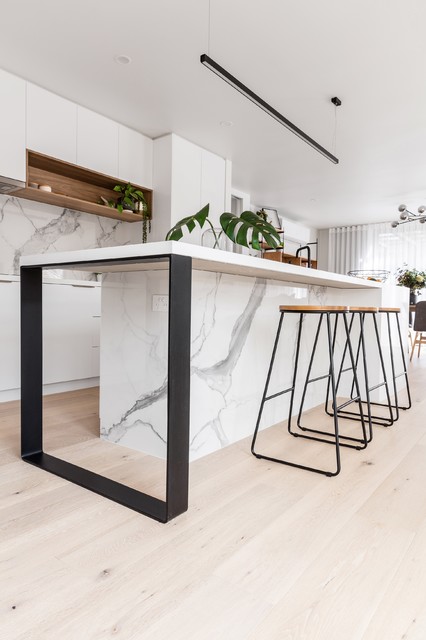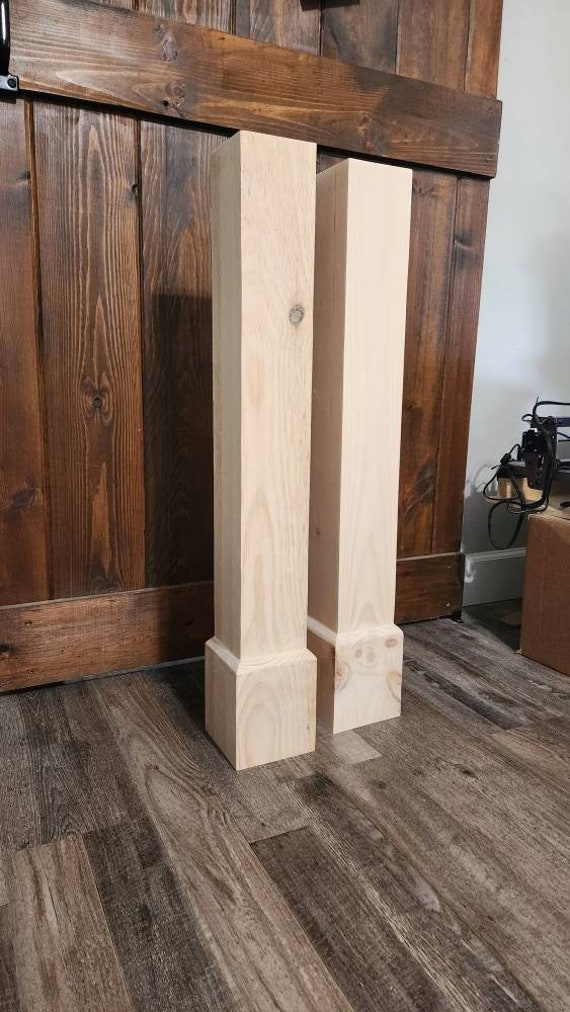Exactly how to Include a Kitchen Island Leg into Your Kitchen Remodel
Exactly how to Include a Kitchen Island Leg into Your Kitchen Remodel
Blog Article
Exploring the Essential Attributes of a Cooking Area Island Leg for Your Culinary Area
The kitchen area island serves as a central center in any kind of culinary space, and the choice of leg layout is crucial in boosting both its performance and visual appeal. Understanding the essential attributes of cooking area island legs-- including product choices, design styles, and stability variables-- can significantly affect the general experience within the kitchen. As we explore these components, we will certainly discover just how thoughtful personalization and accessories can raise your kitchen island from a simple energy to a striking focal point. What details factors to consider should be prioritized to attain this balance?
Relevance of Kitchen Island Legs
Kitchen area island legs play an essential function in both the functionality and aesthetics of a kitchen area area. They not just support the weight of the island however additionally enhance the general style, adding to the kitchen's visual charm. The selection of legs can dictate the design of the cooking area, be it modern, conventional, or rustic.
Functionally, durable and effectively developed legs make sure security, permitting the safe use the island for various tasks such as food preparation, eating, or amusing. Strong legs prevent wobbling and shifting, supplying a trusted surface for daily tasks.
Furthermore, the elevation and positioning of the legs can affect the convenience level for those seated at the island. A well-considered height can accommodate bar stools or chairs, promoting an inviting setting for events.
In enhancement to these functional factors to consider, cooking area island legs can offer as a focal factor in the space (kitchen island leg). Ornamental or uniquely designed legs can raise the style visual, making the island a focal point. Hence, selecting the appropriate cooking area island legs is essential for stabilizing form and feature in any culinary area
Product Options for Legs
Selecting the proper product for kitchen area island legs considerably influences both toughness and layout. Usual material alternatives consist of wood, metal, and stone, each offering distinctive benefits.
Wood is a preferred selection due to its heat and convenience. It can be quickly personalized to match various style styles, from rustic to contemporary. Woods like oak and maple offer superb toughness and longevity, while softer timbers can be much more vulnerable to tear and wear.
Metal legs are favored for their streamlined, modern-day visual. kitchen island leg. Stainless-steel and aluminum are not just robust however also immune to rust and rust, making them suitable for kitchen area environments. They can develop an industrial look and are frequently readily available in various surfaces to complement other cooking area elements
Rock legs, such as granite or marble, include an aspect of luxury and stability. While larger than other materials, they supply outstanding toughness and can withstand substantial weight. They might call for additional support to make certain proper balance.
Ultimately, the choice of product ought to align with both useful demands and the overall layout vision of the kitchen area space, making certain that the island legs boost both utility and visual appeals.
Layout Styles to Consider
What layout styles should be thought about when picking legs for a kitchen area island? The selection of leg style significantly influences the total visual of your culinary room. For a contemporary cooking area, minimalistic and sleek leg styles, such as stainless-steel or geometric shapes, can boost the contemporary allure, offering a tidy and clean appearance.
On the other hand, typical kitchens take advantage of classic designs such as transformed or carved wood legs, which include heat and character. These options usually feature complex information that complement classic home furnishings. For a rustic ambiance, take into consideration legs made from reclaimed wood or wrought iron, which bring a natural, earthy quality to the room.
If you lean in the direction of an industrial style, durable steel legs with a distressed surface might be suitable, providing an edgy yet sophisticated touch. Furthermore, farmhouse design kitchens can incorporate chunky legs that stimulate a feeling of sturdiness and homeliness.

Elevation and Stability Elements
The elevation and security of a cooking area island are essential elements that directly affect its capability and customer experience. A perfect kitchen area island leg ought to supply enough elevation to suit a selection of jobs, from food prep work to casual dining.
Stability is similarly essential, especially as kitchen area islands usually act as prime focus in culinary environments. A stable leg design minimizes moving and wobbling, which can result in mishaps or discomfort throughout use. Materials such as solid wood, metal, or a combination thereof are typically utilized to achieve the necessary sturdiness. The leg's attachment to the island's base have to be safe, making sure durability and resilience versus the wear and tear of everyday use.
Customization and Devices
Modification choices and devices for kitchen area island legs can significantly boost both the aesthetic allure and performance of the space. Homeowners can pick from a range of products, consisting of rock, metal, and timber, enabling seamless assimilation with existing kitchen style. The choice of surface-- be it a natural discolor, repaint, or powder finish-- further personalizes the appearance, making sure that the island complements the general layout theme.
In addition to product and finish, house owners might also check out the incorporation of accessories such as attractive brackets, adjustable feet, or incorporated shelving. Braces can offer extra assistance while adding to a rustic or modern visual. Adjustable feet are especially beneficial for uneven flooring, making certain the island continues to be stable and level, which is critical for both safety and functionality.

Final Thought
In conclusion, cooking area island legs serve a critical role in supplying stability and boosting the total aesthetic of the culinary area. The option of products and design styles adds to both performance and visual allure, while factors to consider of height and stability make certain practical use. Customization options and accessories can raise the kitchen area island, making it an unique focal factor within the home. Hence, mindful consideration of these features is vital for an efficient kitchen area style.
The kitchen island offers as a main center in any type of cooking area, and the option of leg design is pivotal in boosting both its capability and aesthetic charm. Comprehending the vital functions of kitchen area island legs-- including material alternatives, layout styles, and stability factors-- can considerably impact the total experience within the kitchen.Kitchen area island legs play a crucial duty in both the functionality and visual appeals of a kitchen area additional resources area.What design styles should be taken into consideration when choosing legs for a kitchen area island?In verdict, cooking area island legs offer a vital role in giving stability and boosting the general visual of the cooking space.
Report this page